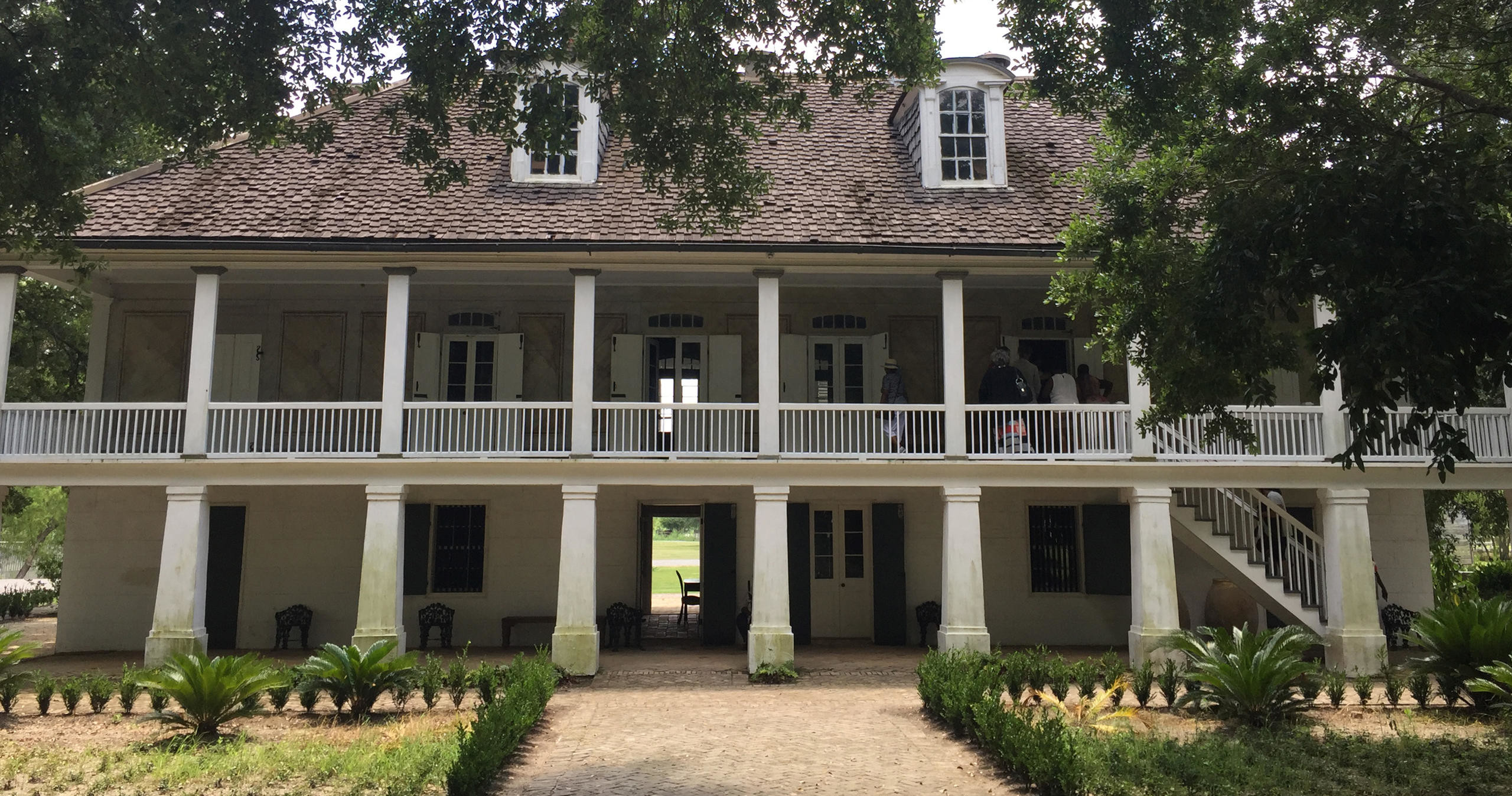

With just an hour’s drive from the French Quarter, the Whitney Plantation is one of the greatest historical places to explore in Southwest Louisiana. Located between New Orleans and Baton Rouge, along the Mississippi River in Wallace, Louisiana, this plantation offers visitors tours that are a historical and emotional trip through time.
If you’re wondering why, here are some interesting facts about the plantation.
Unlike other plantation museums, The Whitney Plantation focuses its lens on slavery and is America’s first slavery museum.
The museum is preserved by the Whitney Institute, a non-profit whose mission is to educate the public about the history and legacies of slavery in the South. The museum was purchased in 1998 by John Cummings, a real estate investor and former trial lawyer, who invested $8 million into the museum so he could tell the story and help visitors understand the scope of slavery in the United States. The original founders of the estate, the Haydels, were one of the largest slaveholders in Louisiana, owning 101 enslaved African Americans. Enslaved individuals at this plantation lived a harsh life, first producing indigo and eventually sugar cane. The museum features two permanent exhibits on slavery: The History of the Transatlantic Slave Trade and Slavery in Louisiana, as well as a rotating exhibit.
Charles E Peterson, senior landscape architect of the United States Department of the Interior described it as “one of the most interesting in the entire South”. As one of the best-standing Creole plantations along River Road, the big house features seven rooms on each level, plus a full-length gallery across the front and an open loggia facing the rear.
Several sites were added throughout the years, showcasing the evolution of the Louisiana working population. Very few plantations are able to preserve their outbuildings. The outbuildings include an original kitchen building, a saddle storage shed, a privy, a watering trough for mules, an overseer’s house, a mule barn, and feed storage building, a late 19th-century plantation store, a pigeonnier ( a roosting house for pigeons), and the last surviving example of a French Creole Barn. The kitchen is believed to be the oldest detached kitchen in Louisiana.
The plantation was originally founded by German Immigrant Ambroise Heidel in 1752, who started off modest but profited immensely from the labor of enslaved Africans and indentured servants. The Heidel family eventually changed their German-sounding name to the more French-sounding Haydel. The last remaining Haydel who owned the plantation died before the Civil War. It was finally purchased in 1867 by Bradish Johnson, who renamed it the Whitney Plantation in honor of his daughter’s new married name. When it restarted operations in 1868, the workforce was comprised of 30% formerly enslaved individuals.
Quentin Tarantino filmed the western drama, “Django Unchained,” which had a star-studded cast consisting of Jamie Foxx, Leonardo DiCaprio, and Samuel L. Jackson (just to name a few) at the Whitney Plantation in 2012.
“12 Years a Slave”, directed by Steve McQueen, was filmed there in 2013. This biographical film was based on the memoir of Solomon Northup, an African American man who was sold into slavery, and was put to work on Louisiana plantations for twelve years after being kidnapped in 1841 from Washington, D.C., with award-winning actor Chiwetel Ejiofor starring as Solomon Northup.
If you would like to learn more interesting facts, then be sure to book a self-guided audio tour of Whitney Plantation at Crescent City Tours. We provide hotel pickup and two daytime tour times at 8 AM and 1:15 PM. The tour lasts 90 minutes, and an additional 30 minutes to view the gift shop. There is much to be seen and heard at the Whitney Plantation, as visitors will get to experience a more fully realized version of Southern History.
We offer many tours at Crescent City Tours, including combination tours such as double plantation tours and plantation and swamp tours. With Crescent City Tours, you can get some of the best guided tours in the city to the Whitney Plantation, Laura Plantation, Oak Alley Plantation, The Myrtles, Destrehan Plantation, and much more!
We offer our standard tours, as well as customized tours! Feel free to reach out to us and learn more.
Be sure to check out our testimonials and see what our customers have to say about us! After that, head over to our photo gallery to see our tours in action and see why our customers love Crescent City Tours!